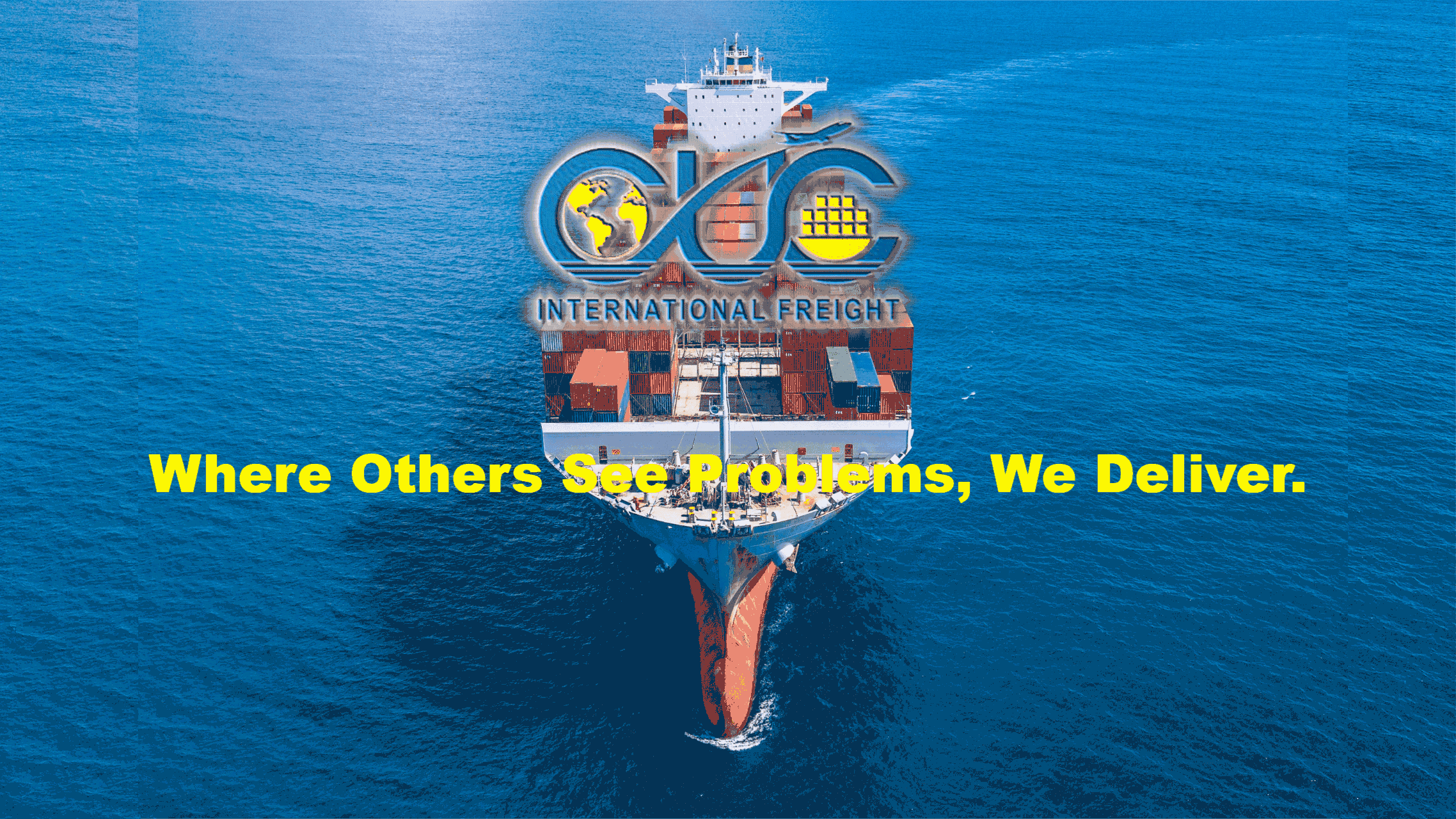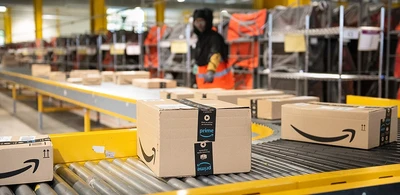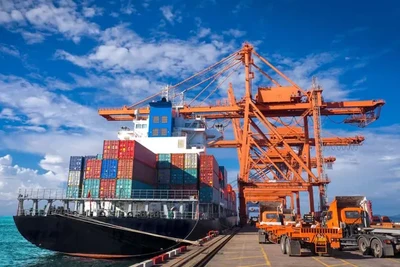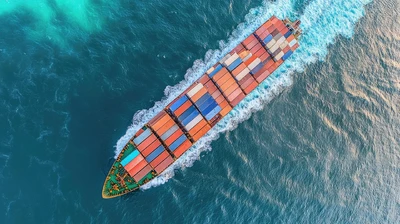
In the world of freight transportation, two terms that often come up are LTL (Less Than Truckload) and FTL (Full Truckload) freight. Understanding the nuances between these two modes of shipping is crucial for businesses looking to optimize their logistics operations. So, let's delve into what sets LTL and FTL freight apart and when to choose one over the other.

Definition and meaning: LTL freight refers to shipments that do not require an entire trailer for transportation. Instead, multiple shipments from different customers are consolidated onto a single truck, with each customer paying only for the space their goods occupy.
Characteristics and advantages: LTL is ideal for small to medium-sized shipments, offering cost savings by sharing trailer space with other cargo. Additionally, LTL carriers often provide robust tracking systems, allowing shippers to monitor their shipments throughout transit.
Examples of when to use LTL freight: Businesses shipping smaller quantities of goods, those with flexible delivery schedules, or those looking to minimize shipping costs can benefit from using LTL freight services.
Definition and meaning: FTL freight involves booking an entire truck for a single shipment, regardless of the cargo's size or weight. This option provides exclusive use of the trailer and ensures direct delivery to the destination without any stops along the way.
Characteristics and advantages: FTL is best suited for large shipments that occupy the entire trailer or require specialized handling. It offers faster transit times compared to LTL since there are no stops for picking up or dropping off other shipments.
Examples of when to use FTL freight: Businesses with large volumes of goods to transport, those with time-sensitive deliveries, or those requiring special handling for fragile or perishable items should consider using FTL freight services.
When deciding between LTL and FTL freight, several factors come into play:
Size and volume requirements: LTL is suitable for smaller shipments, while FTL is better for larger volumes.
Cost considerations: LTL offers cost savings by sharing trailer space, while FTL provides faster transit times but may be more expensive for smaller shipments.
Transit time: FTL typically has shorter transit times since there are no stops for additional pickups.
Packaging and handling: LTL shipments may undergo more handling and transfers, increasing the risk of damage compared to FTL shipments.
LTL freight is the preferred option under the following circumstances:
Small to medium-sized shipments: When shipping smaller quantities of goods that do not require a full trailer.
Flexible delivery schedules: LTL allows for more flexibility in delivery dates and times.
Cost-effective options: Businesses looking to minimize shipping costs can benefit from LTL services.
FTL freight is more suitable in the following scenarios:
Large shipments: When transporting goods that require the entire trailer space.
Time-sensitive deliveries: FTL offers faster transit times, making it ideal for urgent shipments.
Special handling requirements: Fragile or high-value items that require exclusive use of the trailer benefit from FTL services.
When choosing between LTL and FTL freight, consider the following factors:
Size and weight of the shipment: Determine whether your shipment requires the entire trailer or can be consolidated with other cargo.
Transit time requirements: Assess how quickly your goods need to reach their destination.
Budget constraints: Compare the costs of LTL and FTL to determine the most cost-effective option.
Fragility of the cargo: Consider the sensitivity of your goods to handling and potential damage during transit.
To streamline your freight shipping processes, consider the following strategies:
Utilizing technology and tracking systems: Invest in software that provides real-time tracking and visibility into your shipments.
Working with reliable carriers and logistics partners: Choose carriers with a proven track record of reliability and on-time deliveries.
Streamlining packaging and labeling processes: Optimize your packaging to minimize wasted space and reduce the risk of damage during transit.
Understanding the differences between LTL and FTL freight is essential for optimizing your shipping operations. By considering factors such as shipment size, transit time, and budget constraints, businesses can make informed decisions to ensure their goods are transported efficiently and cost-effectively.
Copyright Statement:
All images in this article have been used with diligent efforts to verify sources. Regarding copyright matters:
1️⃣ Rights holders are hereby advised to assert your claims via the contact information at the bottom of this article
2️⃣ We shall legally cooperate in replacing, removing disputed content, or negotiating authorized usage
3️⃣ Third-party users reproducing this article must independently verify image sources and licensing status
 Amazon Europe FBA 2025 Fee Changes: Return Fee Exemption & How CUC Logistics Maximises Seller SavingsMay 6, 2025Global Trade Shifts & European OpportunitiesWhile U.S. trade policies reshape global commerce, savvy businesses are diversifying into Europe’s €470 billion e-commerce market. Amazon Europe’s 20...view
Amazon Europe FBA 2025 Fee Changes: Return Fee Exemption & How CUC Logistics Maximises Seller SavingsMay 6, 2025Global Trade Shifts & European OpportunitiesWhile U.S. trade policies reshape global commerce, savvy businesses are diversifying into Europe’s €470 billion e-commerce market. Amazon Europe’s 20...view What Is Wharfage?November 24, 2025What Is Wharfage?Wharfage is a fee charged by a port authority for the use of a wharf, pier, or terminal to load, unload, or move cargo across port facilities. It applies to both imports and exports, ...view
What Is Wharfage?November 24, 2025What Is Wharfage?Wharfage is a fee charged by a port authority for the use of a wharf, pier, or terminal to load, unload, or move cargo across port facilities. It applies to both imports and exports, ...view US-UK Tariff Reduction Agreement: How to Optimize Your China to USA/UK Shipping in 2025May 8, 2025The global trade landscape is shifting, and businesses importing from China to the USA and UK are poised to benefit. On May 8, 2025, the United States and the United Kingdom are expected to announce a...view
US-UK Tariff Reduction Agreement: How to Optimize Your China to USA/UK Shipping in 2025May 8, 2025The global trade landscape is shifting, and businesses importing from China to the USA and UK are poised to benefit. On May 8, 2025, the United States and the United Kingdom are expected to announce a...view What is Expedited FreightSeptember 1, 2025What Is Expedited Freight?Expedited freight is a premium shipping service designed to move goods faster than standard transit times, often with priority handling, fewer stops, and direct routing. It i...view
What is Expedited FreightSeptember 1, 2025What Is Expedited Freight?Expedited freight is a premium shipping service designed to move goods faster than standard transit times, often with priority handling, fewer stops, and direct routing. It i...view